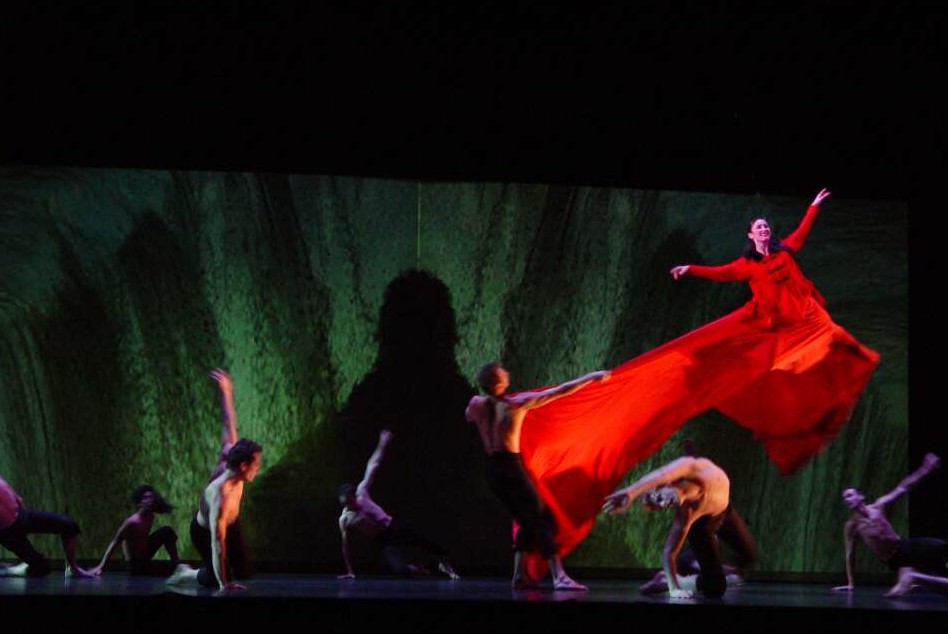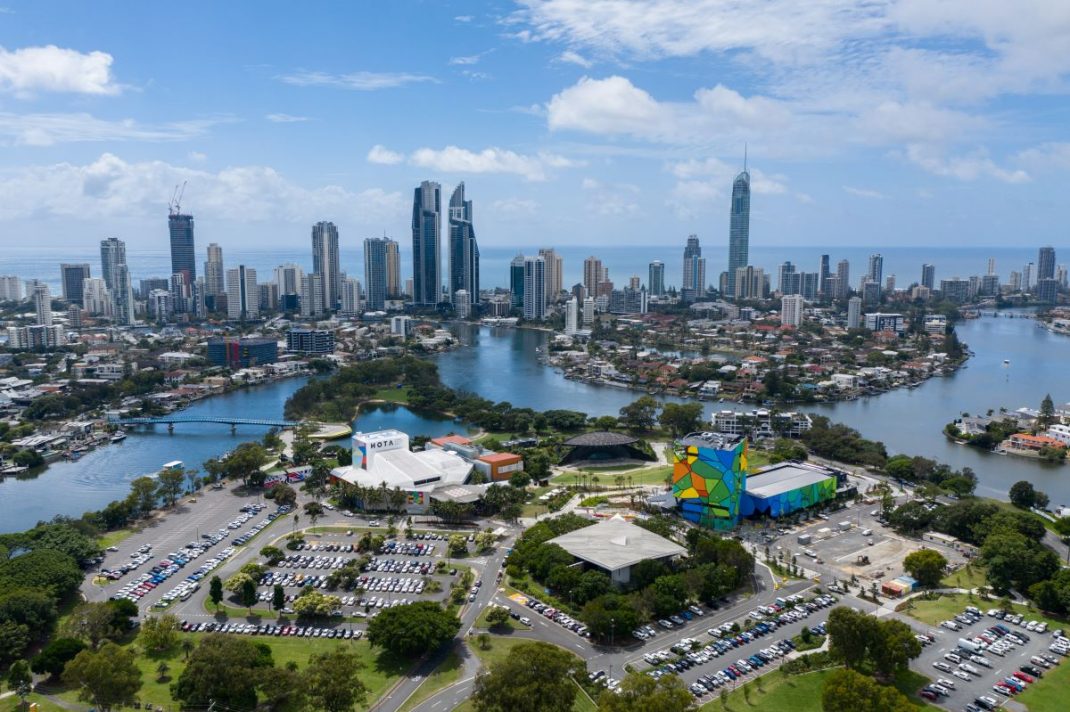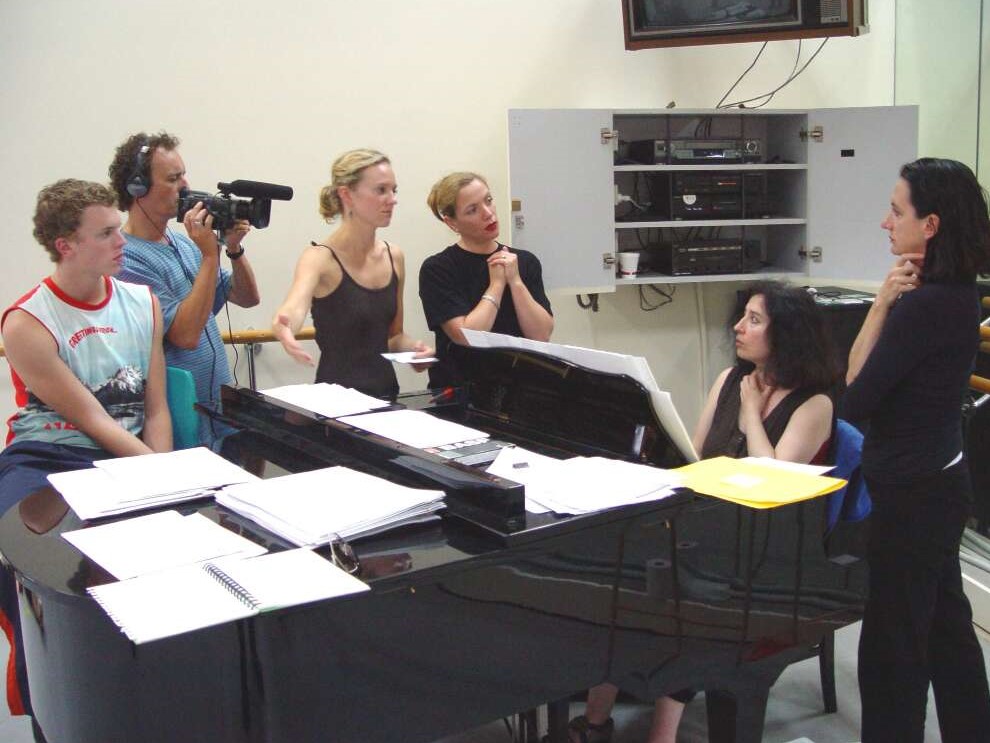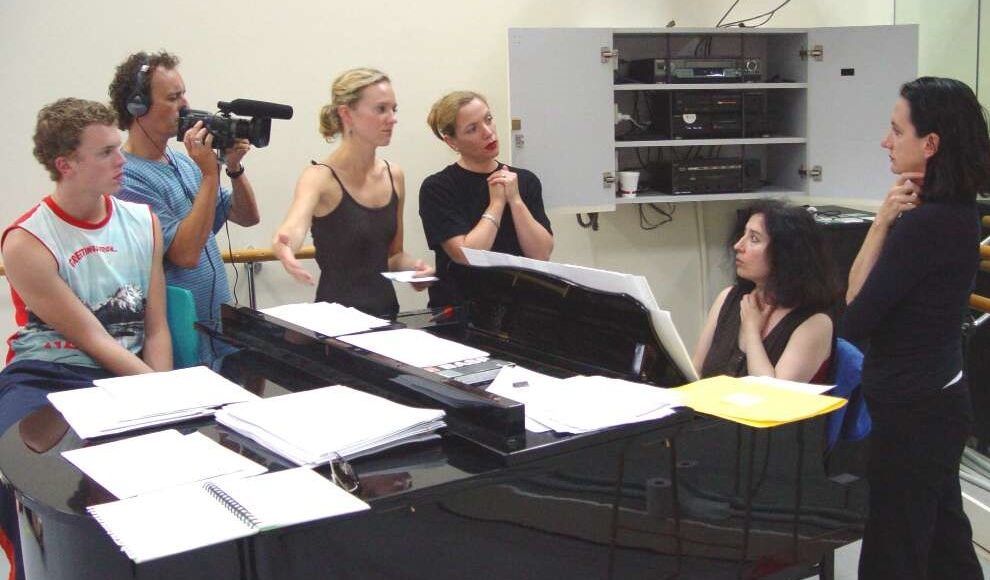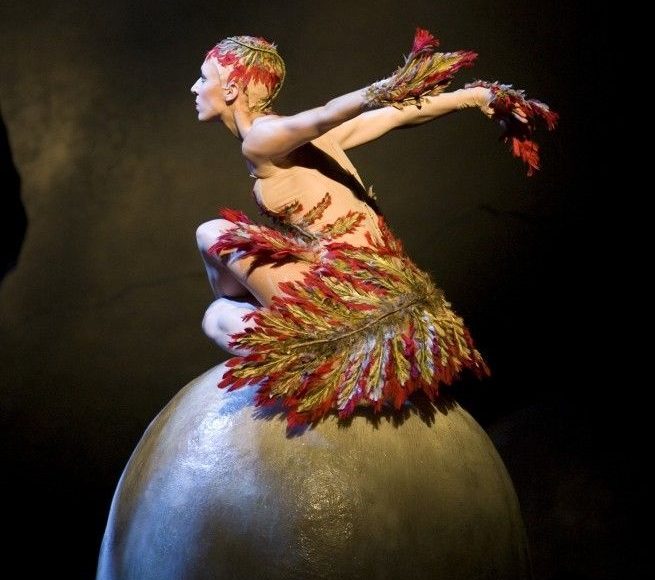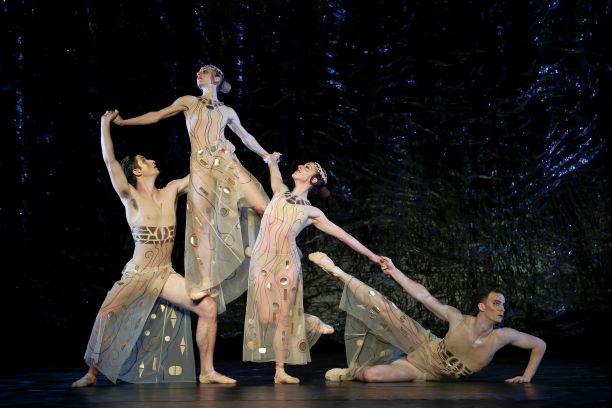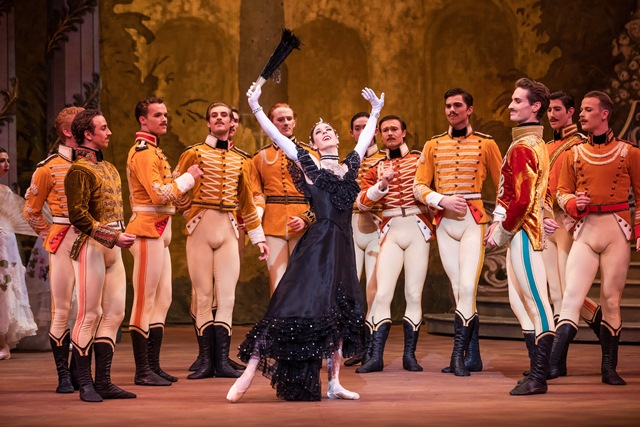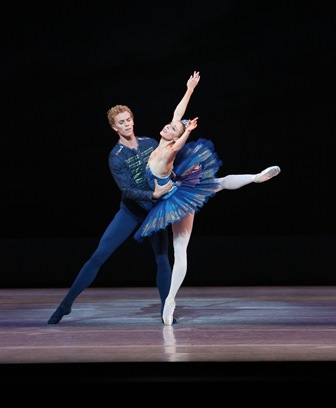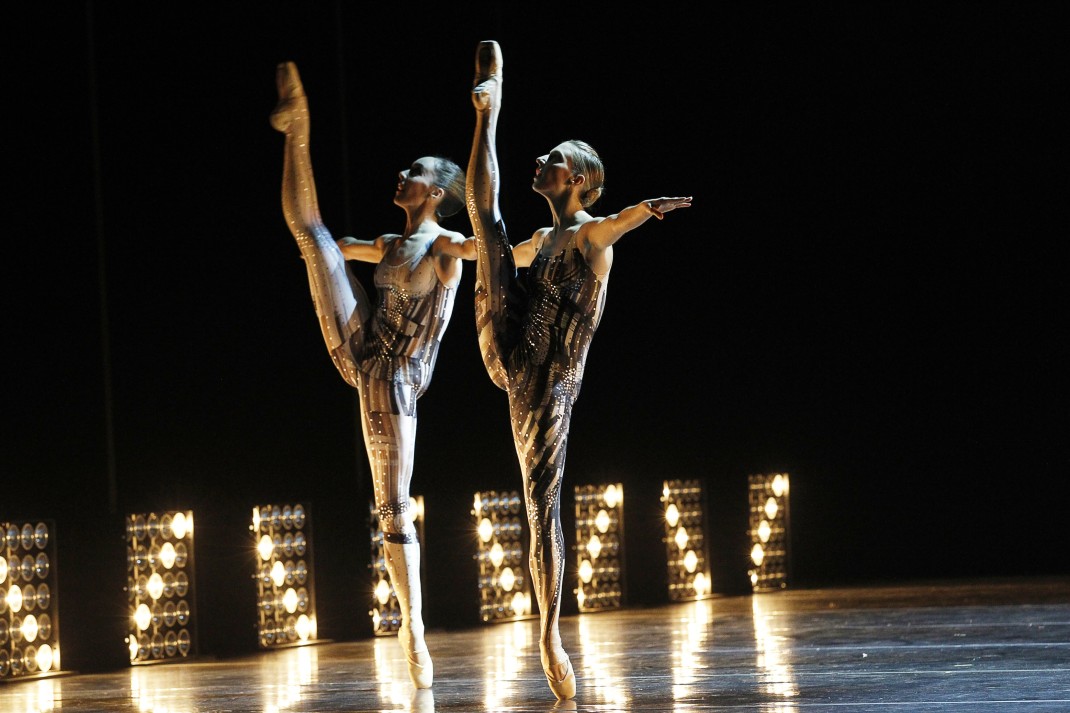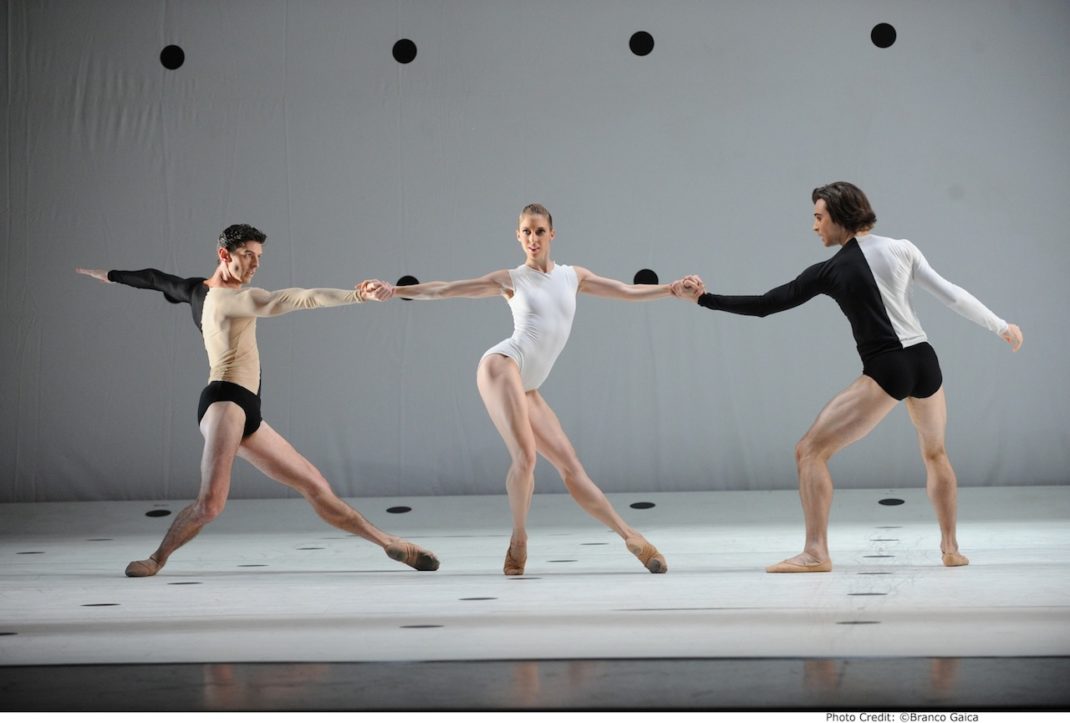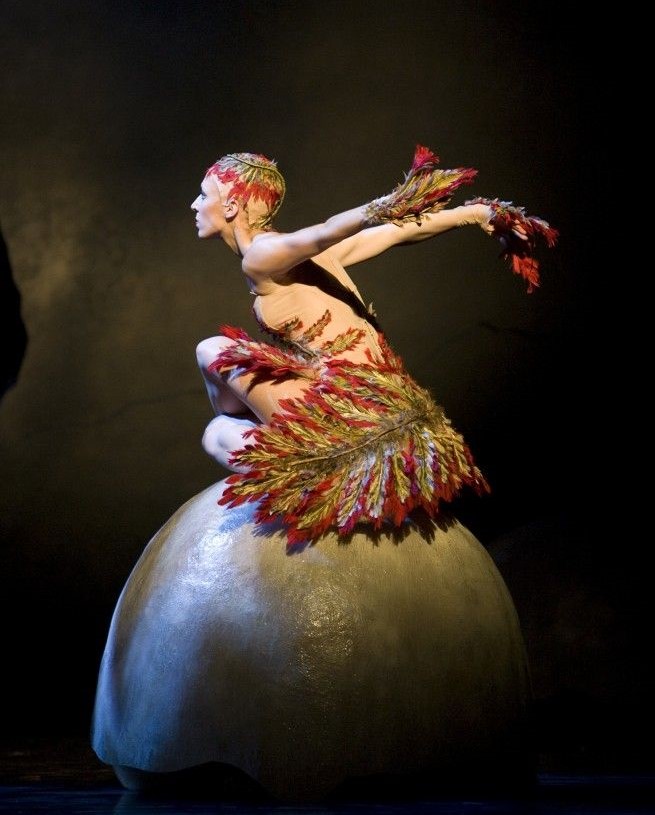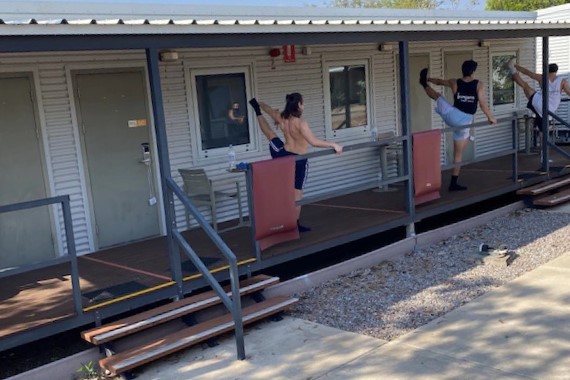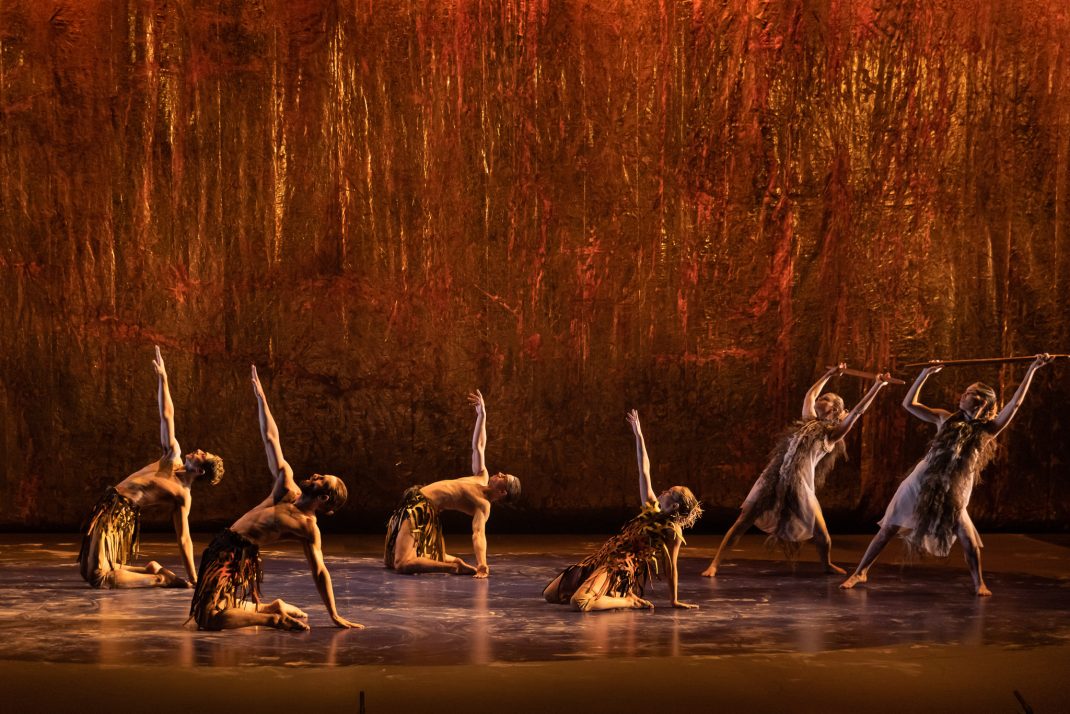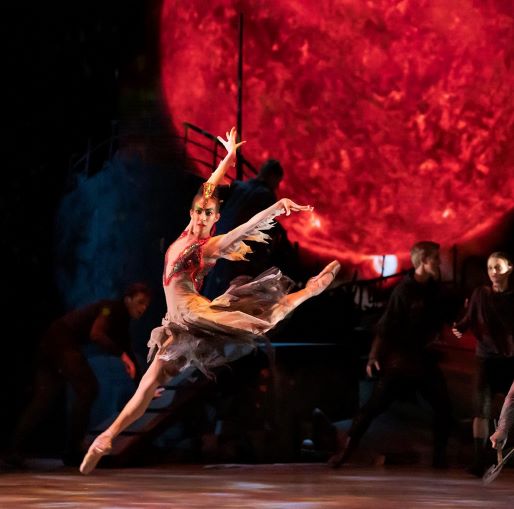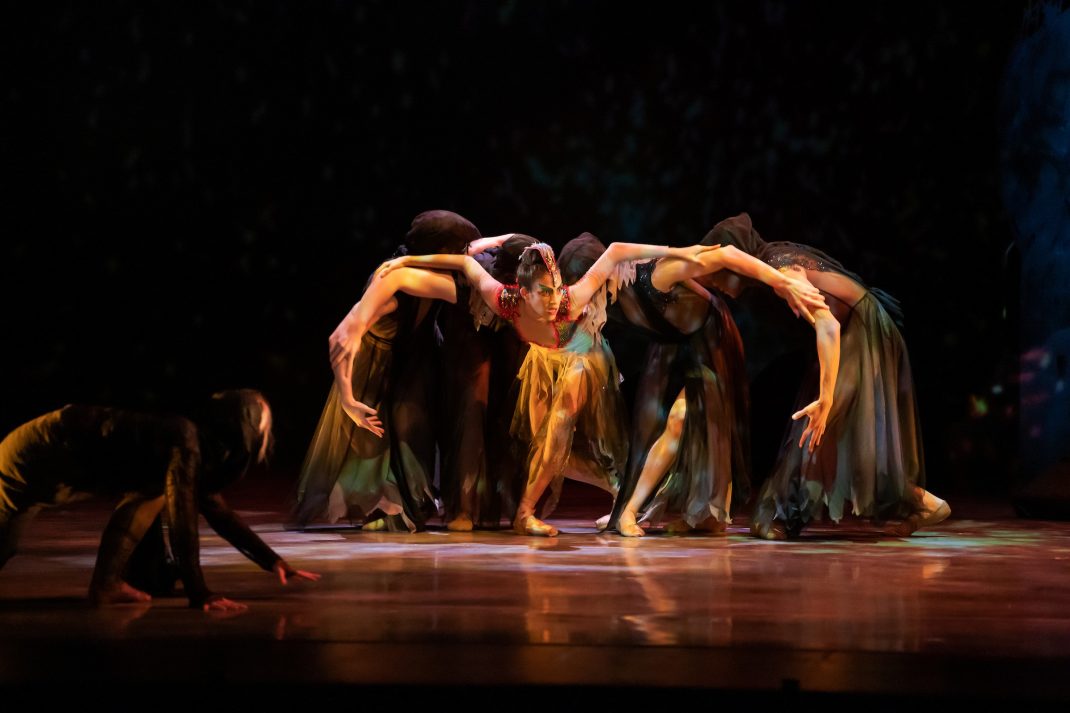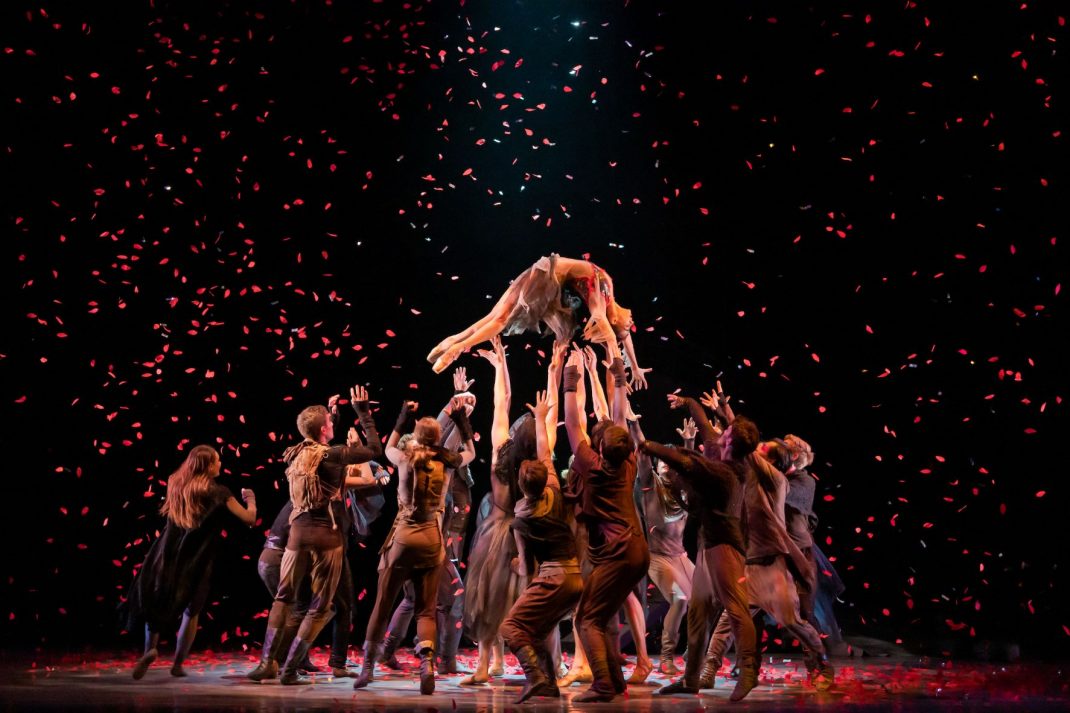by Jennifer Shennan
- Out Loud
by Mark Morris [Penguin Press]
- Behind the Scenes at the Ballets Russes – Stories from a Silver Age
by Michael Meylac [Methuen/Drama]
I am always willing to get down on my hands and knees in Wellington’s Unity Bookshop to search for whatever few titles might be on their Dance shelf, down at floor level below the Music shelves, in case something new has arrived since my last genuflection.
That’s the way I discovered Mark Morris’ memoir, Out Loud, last year, and found much stimulation in his vigorous style of memoir-writing. Various friends have not shared my appreciation of the book, finding its ‘no-holds barred’ expression hard-going, but to me its frankness and honesty were refreshing. ‘Judge me if you dare’ Morris seems to be saying. I do judge him, though rather by the musicality in much of his choreography than by the gossip and intrigue with which he furnishes the book.
He writes profiles of different artists and colleagues that vary in their appeal, but I found much interest and insight in the sustained account of his friendship and working partnership with American composer, Lou Harrison. Harrison had spent a year in New Zealand on a Fulbright fellowship back in the early 1980s and his enthusiasm for gamelan music, indeed for many Asian musics, we all found invigorating. I choreographed to his Solstice, (previously choreographed by Jean Erdman of The Open Eye theatre in New York) so I came to know Lou very well, and caught up with him again on subsequent study visits to America. Morris’ every word about Lou evokes his generosity of spirit, the uncompromising commitment that hallmarked all of his composition work, and his abiding interest in dance as a parallel art. Reading about Lou was like meeting up again with a dear friend after many years.
The Mark Morris Dance Company brought Handel’s L’Allegro, Il Penseroso ed Il Moderato to the International Arts Festival in Wellington in 1998. Live music was always Morris’ point of departure so the sizeable vocal and instrumental forces were sourced locally. That has meant you can easily find singers or players who were involved in the production, and who still rate it as one of the highlights of their musical careers.
To read Out Loud in tandem with Joan Acocella’s earlier biography of Morris is an interesting exercise that aids our evaluation of this prolific choreographer, while confirming my continuing admiration for Acocella’s outstanding skills as a dance writer.
********
Another more recent find from Unity Books’ bottom shelf was Behind the Scenes at the Ballets Russes, by Michael Meylac. It has proved a hugely rewarding read. [Translation is by Rosanna Kelly].
Meylac’s young days as an ardent follower of ballet in his native Russia, and his subsequent work as a scholar of Russian literature and history, now for decades living and teaching outside his homeland, make him admirably equipped to provide a political and social background of European ballet history, and to discuss the development of distinctive ballet styles in different eras and countries. I often say that the history of ballet is the history of the world, and while I don’t expect anyone should listen to me on the topic, I think we all should listen to Meylac.
A poignant Preface to the English edition is subtitled The West in Russia and Russia in the West—a permeable membrane. The following Introduction is an erudite and thoughtful overview of the way the Russian ballet diaspora spread out in waves across the world during the 20th century … originally via Diaghilev’s and Pavlova’s companies, and subsequently through the number of other ‘Russian Ballet’ companies that formed in their wake and toured to far corners of the world. But that worked not only in one direction and it is the genius of this book that allows Meylac to identify many continuities and connections, within ballet’s endeavours, rather than the single block treatment of just one country or one company, as so many books have already done. His Introduction provides context for the interviews that form the main part of the book, conducted with more than thirty practitioners of the many generations in this ballet lineage.
The interviews are in two parts, then divided further into clusters—Part One—The Ballets Russes—In the Shadow of Diaghilev; Remembering Colonel de Basil’s Baby Ballerinas; The Dancers; The BaIlets Russes in Australia; The Ballet Russe de Monte Carlo in America. Part Two—The Marquis de Cuevas and Others.
Interviews are with Rachel Cameron (on Tamara Karsavina—a pearl), Tamara Geva, Alexandra Danilova (if star rating I would give this a 5), Irina Baronova, Tamara Toumanova (a black pearl this one), Tatiana Riabouchinska and more and more (27 in total). It brings tears to your reading eyes to catch the tumultuous early decades of the 20th century as background to these stories. it is refreshing, sometimes riveting, to hear so many voices, and each reader will be bound to find traces and links to their own dance experience, maybe only two degrees of separation between their teacher and someone who may have danced with Nijinsky, or been hired or fired by Diaghilev, or been in or at the premiere of legendary productions—The Firebird, say—to learn what Pavlova said when she watched a class, hear how starving dancers found food, or what Fokine said when Hitler marched by in the street below. Pavlova and Fokine were both here in New Zealand so you can place a couple of jigsaw pieces into the wider picture of this country’s dance history.
I was intrigued by the interview with Nini Theilade, born in Java but who finished up in Denmark where she choreographed works on the Royal Danish Ballet that Poul Gnatt danced in. There was further interest in the interview with Jean Babilée, a stellar performer with les Ballets des Champs Elysées when Gnatt joined that company immediately after World War II. That will perhaps be where he gained inspiration for the legendary Bluebird that he danced here in 1953, in the same Opera House in Wellington where Pavlova had danced in 1926, and where Loughlan Prior’s Firebird has just premiered in 2021. And so it continues, the ties that bind. The recent remarkable documentary Force of Nature Natalia, about Osipova, offers contemporary evidence that new choreography can still be appreciated on both sides of the Ballet Curtain, ‘the permeable membrane’, despite the political treachery that exists around them in the impermeable Iron Curtain that has rung down again.
All the above were reasons to read the book, but it is Meylac’s dedication to John Neumeier, choregrafo assoluto, and his exquisite final interview with him, plus his Afterword Like a tree, the art of ballet has many roots…that would make me buy it twice. Neumeier’s prolific choreographic oeuvre and directorial responsibility for Hamburg Ballet (since 1973!) are phenomenal achievements that leave other ballet companies in the shade. Meylac identifies Neumeier as the most deeply inspired inheritor of the best of the Russian heritage—his work with Galina Ulanova, his closeness to Vera Volkova, and his museum collection of works by and about his adored Nijinsky, and his new choreographies revisiting masterpieces are all unparalleled elsewhere.
Meylac’s discerning book reeks with integrity — looking back in ballet history so as to look forward, guiding us to understand so as to appreciate, leaving varying opinions verbatim to speak for themselves, and celebrating the lifelines that secure our dancelines.
footnote – Hamburg Ballet is my favourite ballet company on the planet and I am still in thrall to the Goethe Institut for offering me, back in 2005, many weeks of a dance study tour through Germany that wound up in Hamburg, enabling me to see eight of Neumeier’s full-length ballets, each in a ‘one night stand’ through a searingly memorable week. No other ballet company on Earth begins to match that production record. I’ve returned to Hamburg since, to repeat the pleasure, and just to be sure I hadn’t imagined it all on the previous visit. It was worth another separate trip to Copenhagen to see his The Little Mermaid by Royal Danish Ballet, a choreography I’ll be taking to Heaven with me when my time comes. It’s extra thrill that ‘our’ Martin James has many times danced the lead role in Neumeier’s Ulysses.
I’ve always enjoyed the synchronicity that Cloud Gate Dance Theatre in Taiwan, my all-time favourite contemporary dance company (now that Douglas Wright has gone) was also founded by Lin Hwai-Min in the same year as Neumeier’s company, in 1973. The repertoire of both companies has been exclusively of their choreographer/director’s works. These are phenomenal periods of longevity in performance arts and demonstrate that dance companies can survive on artistic genius with administration serving that vision, rather than the reverse situation of bureaucracies controlling artistic output.
Jennifer Shennan, 1 September 2021
